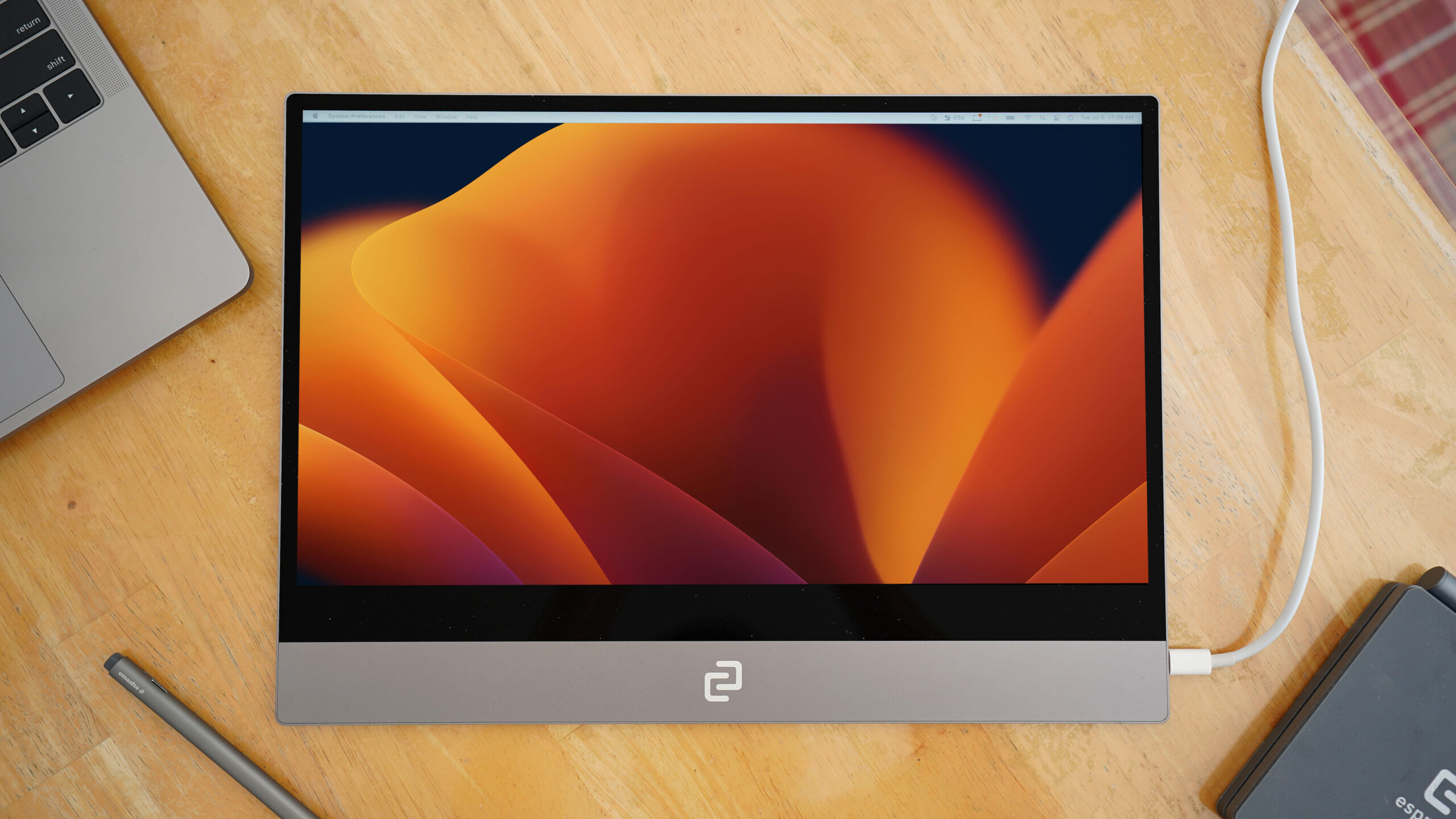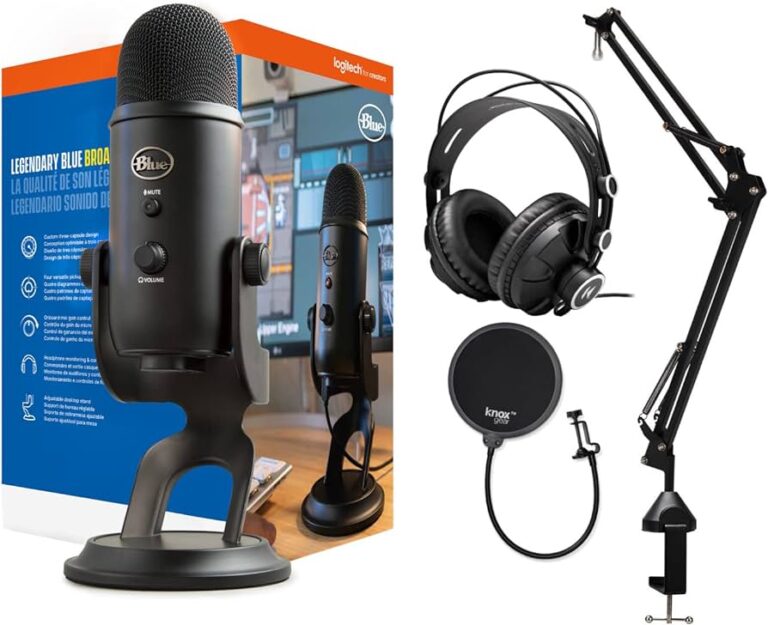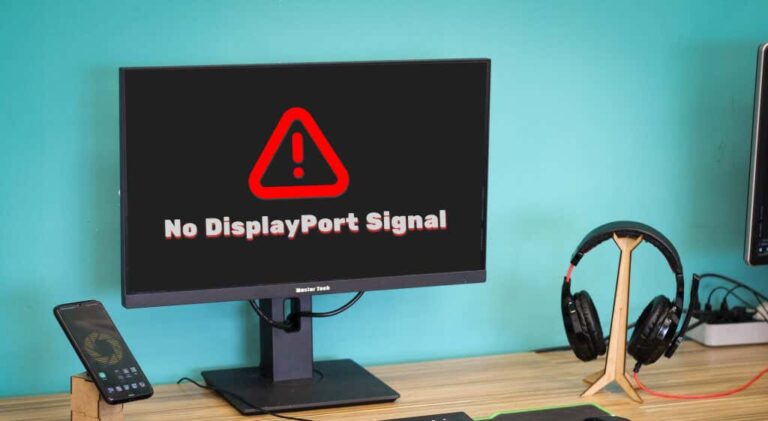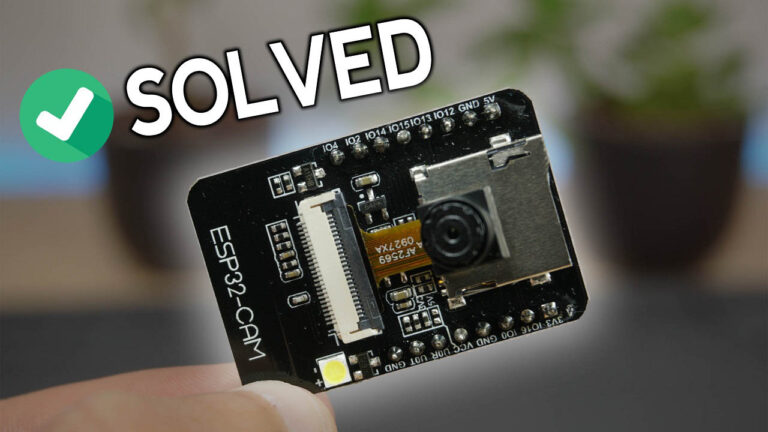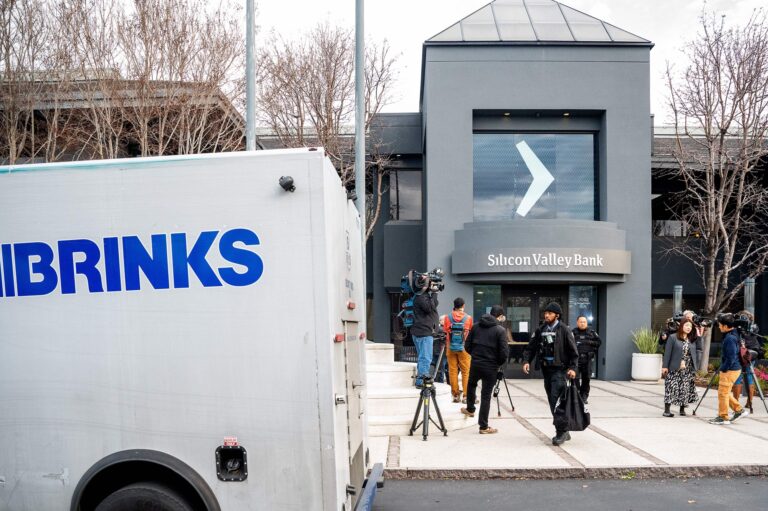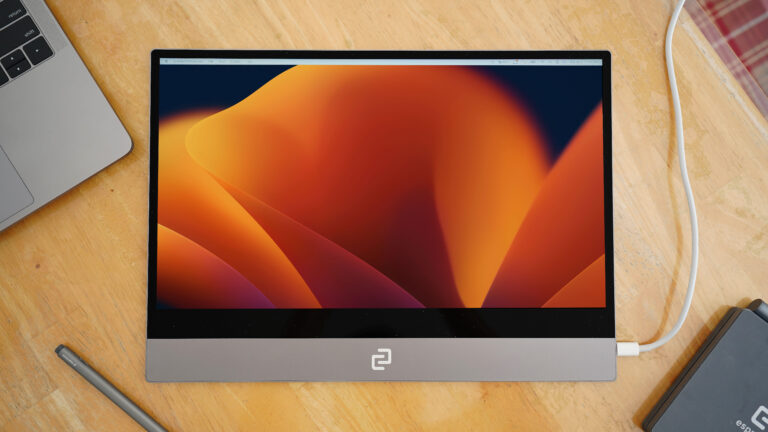Monitor Works With One Laptop But Not the Other: Troubleshooting Tips
If your monitor works with one laptop but not the other, try swapping out cables or changing ports on both the monitor and the computer to troubleshoot the issue. Additionally, make sure the cable connecting your laptop to the monitor is secure and consider trying a different cable if the current one is faulty.

Credit: www.hp.com
Monitor Troubleshooting Guide
If your monitor works with one laptop but not the other, try swapping cables and changing ports to see if that fixes the problem. It could be an issue with the connection or hardware compatibility.
If you’re experiencing the issue of your monitor working with one laptop but not the other, don’t worry, you’re not alone. This can be a common compatibility issue that many people encounter. In this monitor troubleshooting guide, we’ll cover the basics of monitor connectivity and identify common compatibility issues so that you can get your monitor working with both laptops seamlessly.Understanding The Basics Of Monitor Connectivity
To resolve the problem of a monitor not working with one laptop, it’s important to understand the basics of monitor connectivity. Here are a few key points to keep in mind:- Check the cables: Swap out the cables that are connecting your laptop to the monitor. Sometimes, a faulty cable can be the root cause of the issue. Try using alternate cables and see if that fixes the problem.
- Power supply: Consider swapping the power strip or plugging your monitor directly into the wall socket. A faulty power strip may cause the monitor not to work with one laptop while functioning perfectly fine with the other.
- Change ports: Try connecting your monitor to different ports on both the laptop and the monitor itself. Sometimes, certain ports may have compatibility issues, and using an alternative port can resolve the problem.
Identifying Common Compatibility Issues
When troubleshooting the issue of a monitor working with one laptop but not the other, it’s important to identify common compatibility issues that may arise. Here are some possible factors to consider:- Graphics card compatibility: Check if both laptops have compatible graphics cards that can support the monitor’s resolution and display requirements. Incompatibilities in graphics card capabilities may lead to the monitor not working with one laptop.
- Driver updates: Ensure that both laptops have the latest graphics card drivers installed. Outdated drivers can lead to compatibility issues and hinder the functionality of the monitor.
- Resolution settings: Verify that the display resolution settings on both laptops are set correctly to match the monitor’s native resolution. Mismatched resolution settings can cause the monitor not to work with one laptop.
- Operating system compatibility: Check if the operating systems on both laptops are compatible with the monitor. Different operating systems may have varying levels of support for certain monitor models.
Initial Checks And Balances
If you’re struggling with a monitor that works perfectly fine with one laptop but not with another, it can be frustrating and confusing. However, before you start panicking and assuming there’s something seriously wrong, there are a few initial checks and balances that you can perform to troubleshoot the issue. By following these steps, you can potentially identify the root cause of the problem and take appropriate action to fix it.
Ensure Correct Power Supply And Cable Integrity
The first step in troubleshooting the issue is to ensure that the monitor is receiving the correct power supply and that the cables are intact. Sometimes, a faulty power supply or a damaged cable can be the reason behind the monitor not displaying anything on the second laptop. To check this:
- Verify that the monitor is plugged into a working power outlet or power strip. If you’re using a power strip, consider swapping it for a different one or plugging the monitor directly into the wall.
- Inspect the monitor’s power cable for any visible damage or loose connections. If you notice any issues, try using a different power cable to see if that solves the problem.
- Examine the cable connecting the monitor to the laptop. Look for any signs of wear and tear, bent pins, or loose connections. If you spot any issues, try using a different cable to establish a stable connection.
Assess Monitor And Laptop Port Conditions
Another possible reason for the monitor not working with the second laptop is the condition of the ports on both the monitor and the laptop. Over time, ports can accumulate dust, debris, or even sustain physical damage, preventing a proper connection. To assess the condition of the ports:
- Check the ports on the monitor for any visible debris or damage. If you notice any obstructions, gently clean the ports using compressed air or a soft brush to remove any dust or dirt.
- Inspect the ports on the laptop for any signs of damage or foreign objects. If you find any issues, consult a professional to repair or replace the faulty port.
- Try connecting the monitor to different ports on both the monitor and the laptop. Sometimes, a specific port may have compatibility issues, and connecting to another port could potentially resolve the problem.
By performing these initial checks and balances, you can narrow down the potential causes of the issue and determine the next steps to take for troubleshooting. Remember, sometimes a simple swap of cables or a thorough inspection of the ports can make all the difference in getting your monitor to work seamlessly with both laptops.
Diagnosing The Disconnect
One of the most frustrating situations you can encounter is when your monitor works perfectly fine with one laptop but fails to display anything when connected to another. This type of issue can be quite perplexing, leaving you scratching your head for answers. Thankfully, there are a few common culprits that you can investigate to help diagnose the disconnect. In this article, we’ll explore two possible reasons why your monitor might only work with one laptop and not the other: recognizing display detection problems in the operating system and investigating driver inconsistencies.
Recognizing Display Detection Problems In Os
When your monitor fails to work with a particular laptop, one possible reason could be display detection problems in the operating system (OS). The OS plays a crucial role in recognizing and configuring external displays. Here are a few steps you can take to identify if your OS is causing the issue:
- Check display settings: Open the display settings on both laptops and compare them. Look for any differences in resolution, refresh rate, or display arrangement. Make sure the settings match to ensure the monitor is properly detected.
- Update display drivers: Outdated or incompatible display drivers can prevent your monitor from being recognized by the second laptop. Visit the manufacturer’s website or use a driver management tool to ensure you have the latest drivers installed.
- Check for firmware updates: Some monitors require firmware updates to work properly with certain laptops. Visit the manufacturer’s website and search for any available firmware updates for your specific model. Install them if necessary.
- Perform a system update: Make sure your operating system is up to date with the latest patches and updates. Sometimes, a system update can resolve compatibility issues with external monitors.
Investigating Driver Inconsistencies
Inconsistent or incompatible drivers can also cause a monitor to work with one laptop but not the other. To investigate this further, try the following:
- Check graphics card drivers: Ensure that both laptops have the latest graphics card drivers installed. Graphics card drivers play a crucial role in enabling proper communication between the laptop and the external monitor.
- Uninstall and reinstall drivers: If you suspect driver inconsistencies, uninstall the current drivers on the laptop where the monitor is not working and reinstall them. This process will refresh the drivers and may resolve any compatibility issues.
- Use generic drivers: If the specific drivers for your graphics card are causing problems, try using generic display drivers provided by the OS. While these drivers may not offer the same level of performance, they can help determine if the issue lies with the graphics card drivers.
- Try a different connection type: If you are using a specific connection type, such as HDMI or DisplayPort, try using a different connection type to see if the monitor works with the second laptop. This can help determine if the issue lies with the connection or the drivers.
If after following these steps you are still unable to resolve the issue, it may be worth consulting with a professional technician or contacting the monitor manufacturer for further assistance. They will be able to provide specific troubleshooting steps based on your unique setup.
Remember, diagnosing and fixing monitor connectivity issues can be a trial-and-error process. By systematically checking display detection problems in the OS and investigating driver inconsistencies, you can increase your chances of resolving the disconnect and getting your monitor to work with both laptops.
Monitor Works With One Laptop
If you’re experiencing the frustrating issue where your monitor works perfectly fine with one laptop, but not with another, you’re not alone. This can be a perplexing problem to troubleshoot, but there are a few potential factors that could be causing this discrepancy. In this article, we’ll analyze potential laptop-specific factors and address unique digital signal issues that could be preventing your monitor from working with one laptop.
Analyzing Potential Laptop-specific Factors
When it comes to a monitor working with one laptop and not another, there could be several laptop-specific factors at play. It’s important to consider these factors in order to pinpoint the root cause of the problem.
- Hardware compatibility: Different laptops may have varying hardware components and specifications. It’s possible that the incompatible hardware or drivers on one laptop are preventing the monitor from working properly.
- Graphics card capabilities: The graphics card in your laptop plays a crucial role in displaying the output on your monitor. Ensure that your laptop’s graphics card is compatible with the monitor’s input ports and supports the required resolution.
- Operating system settings: The operating system on each laptop may have different settings that affect the connection to external monitors. Check the display settings on both laptops to ensure they are configured correctly.
- Power supply: Insufficient power supply from the laptop could lead to issues with the monitor. Make sure both laptops are providing adequate power to the monitor through the connected cables.
Addressing Unique Digital Signal Issues
In addition to laptop-specific factors, unique digital signal issues can also contribute to a monitor only working with one laptop. To troubleshoot these issues, consider the following steps:
- Swap cables: If you have alternate cables, try swapping them out to see if the issue lies with a faulty cable. Sometimes, a simple cable change can resolve the problem.
- Change ports: Try using different ports on both the monitor and the laptop. Sometimes, a specific port may have compatibility issues, and switching to a different port can establish a successful connection.
- Check for driver updates: Ensure that your laptop’s graphics card drivers are up to date. Outdated drivers can cause conflicts and prevent the monitor from functioning properly.
- Restart the laptop: A simple restart can sometimes solve the problem by resetting any temporary software glitches that may be affecting the connection between the laptop and the monitor.
By analyzing potential laptop-specific factors and addressing unique digital signal issues, you can troubleshoot why your monitor is only working with one laptop. It’s important to systematically test each potential solution until you find the one that resolves the issue. Hopefully, with these tips, you’ll be able to enjoy the seamless functionality of your monitor with both laptops.
Critical Connectivity Considerations
Having trouble with your monitor working on one laptop but not the other? Try swapping cables and changing ports on both the monitor and the computer to fix the issue. This simple troubleshooting step can often resolve connectivity problems and get your monitor working smoothly.
Examining Hardware Limitations And Compatibilities
When your monitor works with one laptop but not the other, there are critical connectivity considerations to be aware of. One of the first things to examine is the hardware limitations and compatibilities that might be causing the issue.
Different laptops may have different display outputs, such as HDMI, DisplayPort, or VGA. It’s important to ensure that your monitor supports the specific connection type used by your laptop. Incompatible hardware can result in a lack of display or distorted visuals.
An incompatible cable can also be the culprit. Try swapping out your current cable with an alternate one to see if that resolves the problem. Additionally, consider swapping the power strip or plugging your laptop directly into the wall to rule out any power-related issues.
Furthermore, check if the monitor works with other laptops or devices. If it does, then the issue may lie with the specific laptop you are having trouble with. In this case, it’s crucial to identify any hardware limitations of the problematic laptop that may be affecting the monitor’s functionality.
Evaluating Configuration Settings And Resolutions
Another aspect to consider when experiencing monitor compatibility issues is the evaluation of configuration settings and resolutions.
Start by checking if the display output settings on the laptop are configured correctly. This can usually be done through the laptop’s display settings or graphics control panel. Ensure that the laptop is set to extend or duplicate the display to the external monitor.
Additionally, examine the screen resolution settings. A mismatch between the laptop’s resolution and the monitor’s native resolution can cause display issues. Adjust the resolution settings to match the recommended resolution of the monitor.
If the above steps do not resolve the problem, it’s worth exploring the possibility of outdated or incompatible display drivers. Update the drivers to the latest version provided by the laptop manufacturer or the graphics card manufacturer.
Ensuring Each H3 Heading Adheres To Html Syntax
It’s important to maintain proper HTML syntax for each H3 heading. This ensures that the headings are correctly interpreted by the web browser and search engines. By adhering to HTML syntax, you create a structured and organized content hierarchy, making it easier for both users and search engines to navigate and understand your content.
Pinpointing The Problem
Having trouble with your monitor working on one laptop but not the other? Try swapping cables and changing ports to troubleshoot the issue. Seek solutions on various forums and consider factors like display outputs and hardware conflicts.
Comprehensive Connection And Settings Review
When you encounter the frustrating issue of a monitor working with one laptop but not the other, it’s important to conduct a comprehensive connection and settings review. This will help you identify the root cause of the problem and find an effective solution.
Begin by checking the connection between your laptop and the monitor. Make sure that all cables are securely plugged in and that there are no visible damages. If possible, swap out the cables with alternate ones to see if the issue is cable-related.
Additionally, consider swapping the power strip for another one or plugging directly into the wall socket. Sometimes, a faulty power strip can cause connectivity issues between your laptop and monitor.
Step-by-step Elimination Process
To pinpoint the problem accurately, it’s crucial to follow a step-by-step elimination process. This will ensure that each potential issue is thoroughly investigated and ruled out.
- Start by changing the port on both the monitor and your laptop. Sometimes, a faulty port can prevent proper communication between the two devices.
- If changing the ports doesn’t resolve the issue, try swapping the monitor with another one to see if the problem lies with the specific monitor itself.
- Next, test the monitor on a different laptop or computer. If it works without any problems, then the issue likely lies with the laptop that is not displaying correctly.
- Check the display settings on both laptops. Ensure that the resolution and scaling settings are correctly configured. Adjusting these settings might solve the problem.
- Restart the laptop that is not displaying correctly. Sometimes, a simple restart can resolve minor software glitches that may be interfering with the display.
By following this step-by-step elimination process, you can narrow down the potential causes of the issue and identify the exact point of failure. This will help you find the most appropriate solution to get your monitor working properly with both laptops.
Remember, if you are unable to resolve the issue on your own, it may be worth seeking professional assistance to ensure a proper diagnosis and solution.
Advanced Troubleshooting Techniques
If your monitor works with one laptop but not the other, there are a few troubleshooting techniques you can try. Start by swapping cables and power strip, and change ports on the monitor and computer. Additionally, make sure the cable connecting your PC to the monitor is secure and try using a different cable if needed.
Exploring Firmware Updates And Bios Settings
One possible reason why a monitor works with one laptop but not the other could be due to differences in firmware updates and BIOS settings. Firmware is the software that is embedded in a device’s hardware, and it controls how the device functions. BIOS (Basic Input/Output System) is a program that runs when a computer starts up and initializes the hardware components. Ensuring that both the laptop and monitor have the latest firmware updates can help resolve compatibility issues between devices. To explore firmware updates and BIOS settings, try the following steps: 1. Check for firmware updates: Visit the manufacturer’s website for your monitor and laptop to search for any available firmware updates. Download and install the updates following the provided instructions. 2. Access BIOS settings: Restart your laptop and look for instructions on how to access the BIOS settings during startup. This is typically done by pressing a specific key, such as F2 or DEL, as indicated on the startup screen. Once in the BIOS settings, navigate to the display or graphics options. 3. Check display settings: Within the BIOS settings, ensure that the display settings are correctly configured. Depending on the BIOS version, you may find options like “Primary Display,” “Multi-Display,” or “Graphics Adapter Priority.” Make sure the correct display is selected as the primary one. 4. Adjust BIOS settings: If the above steps do not resolve the issue, try adjusting other relevant settings related to the display or graphics. Consult your laptop’s user manual or the manufacturer’s website for specific instructions on navigating and modifying BIOS settings. Remember to save any changes before exiting the BIOS settings. Once you have updated firmware and checked the BIOS settings, restart both the laptop and monitor to see if the issue is resolved.Strategic Solution Implementation
If your monitor works with one laptop but not the other, there are a few things you can try. First, swap out the cables to see if that fixes the issue. You can also try changing ports on both the monitor and your computer.
Additionally, make sure the cable connecting your PC to the monitor is secure.
Applying Potential Fixes To Regain Monitor Functionality
If you’re facing the frustrating issue of a monitor working with one laptop but not the other, don’t panic. There are a few strategic solutions you can implement to regain the functionality of your monitor with both laptops. These potential fixes can help you troubleshoot and solve the problem.
Swap cables: One of the first things you can try is swapping out the cables connecting the monitor to the laptops. Sometimes, faulty or incompatible cables can cause display issues. If you have alternate cables available, switch them out and see if that fixes the problem. Additionally, consider swapping the power strip for another one, or plugging the monitor directly into the wall to ensure a stable power source.
Change ports: Another potential solution is to try using different ports on both the monitor and the laptops. Sometimes, a faulty port can lead to display issues. Switching to a different port could establish a successful connection between the monitor and the laptops. Try connecting the monitor to different ports on each laptop and see if that resolves the problem.
Ensuring Sustainable Connections Between Devices
Establishing sustainable connections between devices is crucial for optimal monitor functionality. Take the following steps to ensure a stable connection:
- Check driver compatibility: Ensure that the drivers for your monitor and laptops are up to date. Incompatible or outdated drivers can cause display problems. Visit the manufacturer’s website or use the device management software to download and install the latest drivers.
- Restart the laptops: Sometimes, a simple restart can resolve connectivity issues. Restart both laptops to refresh the system and establish a fresh connection with the monitor.
- Check display settings: Verify that the display settings on both laptops are correctly configured to extend or duplicate the screen to the monitor. Adjust the resolution, scaling, and orientation settings as necessary.
- Try a different monitor: If possible, test the laptops with a different monitor to identify whether the issue lies with the laptops or the monitor itself. If the other monitor works fine with both laptops, it could indicate a problem specific to the original monitor.
By applying these strategic solutions and ensuring sustainable connections, you can overcome the issue of a monitor working with one laptop but not the other. Troubleshoot step-by-step and don’t hesitate to seek professional assistance if needed.
Frequently Asked Questions Of Monitor Works With One Laptop But Not The Other
Why Does My Monitor Connect To One Laptop But Not Another?
There could be several reasons why your monitor connects to one laptop but not another. Here are a few troubleshooting steps you can try: – Swap cables and power strip to see if the issue is with the cable or power source.
– Try a different port on the monitor and computer. – Check for any conflicts caused by connected docks, dongles, or adapters. – Make sure the cable connecting your PC to the external monitor is secure. If not, try using a different cable.
– Restart the computer and adjust screen resolution or scaling settings if needed.
Why Wont My Laptop Work As A Second Monitor?
Your laptop may not work as a second monitor due to various reasons. Here are some possible solutions: swap cables, try different ports on the monitor and computer, check for faulty cables, ensure the cable connecting your laptop to the external monitor is secure.
Sometimes, conflicts caused by docks, dongles, adapters, or other hardware can also prevent the laptop from working as a second monitor. Restarting the computer, changing the screen resolution, and adjusting scaling settings may also help resolve the issue.
Why Is My 2nd Monitor Not Displaying?
Possible Answer: If your second monitor is not displaying, try these troubleshooting steps: 1. Swap cables and power strip to rule out any connectivity issues. 2. Change ports on the monitor and computer. 3. Check display outputs and compare results. 4.
Turn off and on the screen. 5. Restart the computer and adjust screen resolution. If these steps don’t work, it could be due to faulty hardware or incompatible connections.
Why Is There No Signal Between My Laptop And Monitor?
If there is no signal between your laptop and monitor, try swapping cables or changing ports on both the monitor and computer. Also, check if the display settings on your laptop are compatible with the monitor. Ensure that all connections are secure and consider using a different cable if necessary.
Conclusion
To troubleshoot the issue of a monitor working with one laptop but not the other, there are a few steps you can try. First, swap the cables and power strip to see if that resolves the problem. Next, try different ports on the monitor and computer.
If the issue persists, consider checking the display outputs and comparing the results. Additionally, make sure your cable connections are secure. Remember, these troubleshooting steps can help identify any faulty cables or hardware conflicts that may be causing the issue.
